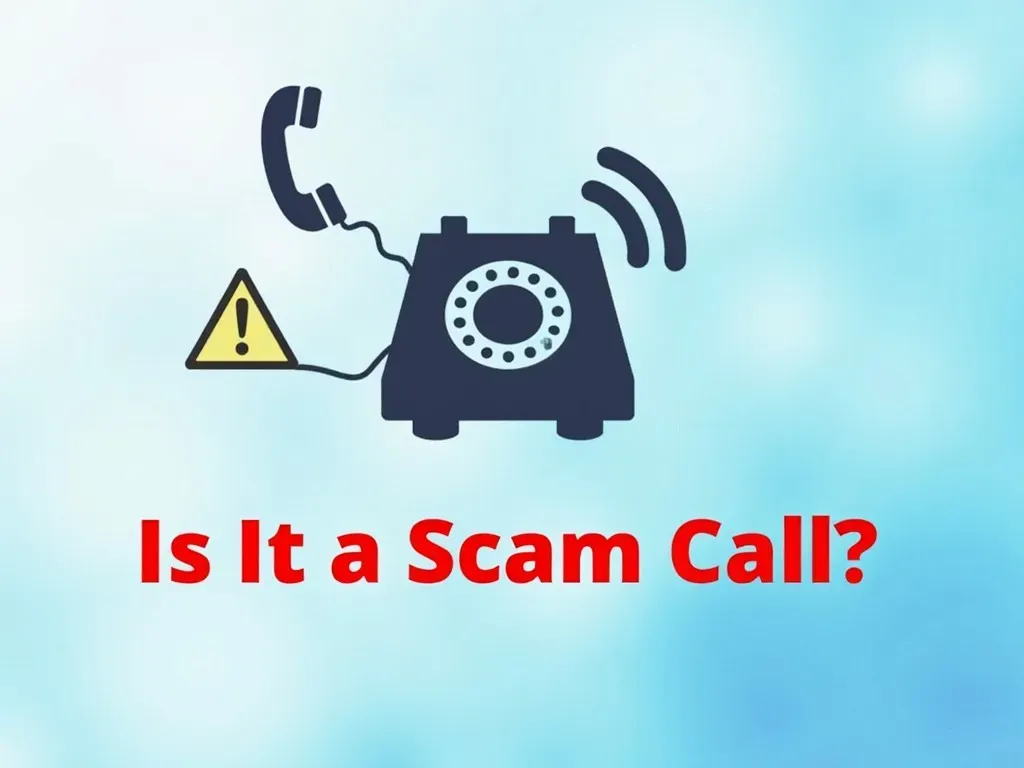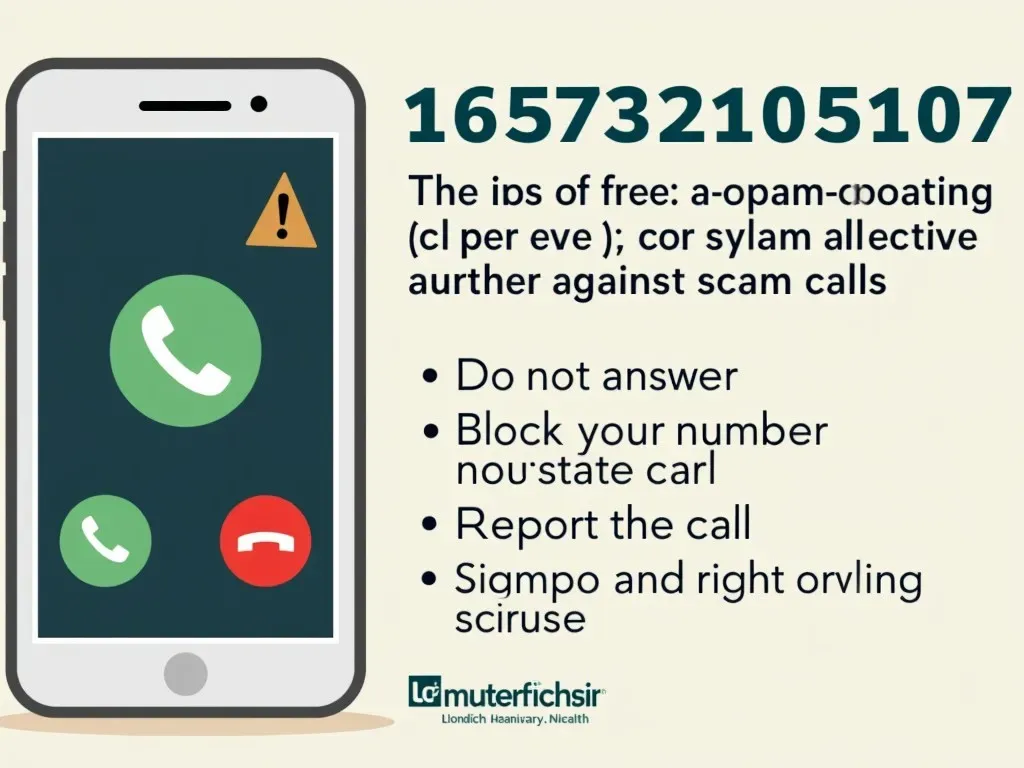Receiving an unexpected call from 16573105107 can elicit a sense of unease. Many people often wonder if the call is legitimate or just another instance of spam. Understanding the potential issues associated with this number is crucial for protecting yourself and making informed decisions about how to respond. This article delves into the common concerns people face when encountering such calls and offers practical solutions to help mitigate any distress they may experience.
When people receive calls from unfamiliar numbers, their immediate reaction might range from curiosity to skepticism. Many fear that these calls may be phishing attempts, telemarketing solicitations, or even spam messages meant to swindle them out of personal information. It’s essential to effectively address these feelings of anxiety and uncertainty. Providing clear, actionable strategies can help establish trust and empower individuals to respond in a way that safeguards their privacy. By understanding the source and nature of 16573105107, you can better interpret the call and dictate the best course of action.

Table: Caller Information for 16573105107
| Caller Information | Details |
|---|---|
| Phone Number | 16573105107 |
| Company Name | 中国移动 (China Mobile) |
| Headquarters | 临沂市, 山东省 (Linyi, Shandong Province) |
| Representative | Customer Service Team |
| Established | 2000 (historically) |
| Business Activities | Telecommunications, mobile services, internet services |
| General Notability | One of the largest telecom operators in China |
| Customer Feedback | Mixed reviews, with many complaints about spam and unsolicited calls |
| Call Frequency | Reports of frequent unsolicited calls from this number |
| Caller Legitimacy | Varied, with users advised to verify before giving out personal information |
Identifying the Source of 16573105107
The number 16573105107 appears to be affiliated with China Mobile, one of the major telecommunications companies in China. This call may often lead to general inquiries, marketing, or even service updates. However, there are also many reports of this number being misused for spam or unsolicited marketing efforts.
The feedback surrounding this number is quite polarized. While some individuals report receiving genuine customer service notifications, others have shared experiences that paint a less favorable picture. Reports include harassing calls, pushy sales pitches, or even attempts to gather personal and financial details under the guise of promotions. Many users tend to react with confusion or annoyance, especially if they have never initiated contact with the company.
User Experiences with 16573105107
People’s experiences with calls from 16573105107 often lead to mixed feelings. Some individuals may find themselves worried about the legitimacy of the call, fearing potential scams. Others might feel frustrated by the continuous ringing of a spam number invading their day-to-day lives. Reviewing user feedback across different platforms reveals common themes, including frustration, anxiety, and the need for an effective system to manage these calls.
Common Experiences:
-
Anxiety and Distrust: Many users report an immediate feeling of dread when they recognize this number on their phone. The uncertainty of whether it’s a scam or a legitimate call takes a toll on their peace of mind.
-
Frustration: As the frequency of unsolicited calls increases, users often voice their frustrations on forums and social media. The persistence of such calls can lead to a broad consensus about the need for stricter regulations.
-
Demographic Perceptions: Certain demographics seem particularly perturbed by calls from this number. Older adults may be less familiar with handling such calls and could be more vulnerable to falling for scams. In contrast, younger individuals tend to express their concerns more vocally on social media platforms.
Strategies to Handle Nuisance Calls
Step 1: Set Up Call Blocking
Implementing call blocking features on your smartphone can significantly lessen anxiety and unwanted interruptions. Most smartphones come equipped with built-in functions that allow users to block specific numbers, including the notorious 16573105107. A simple category of "block unwanted callers" could provide much-needed relief.
Step 2: Respectfully Decline
When faced with the actual caller, it’s essential to have a strategy in place. Politely declining the interaction and stating your disinterest can often dissuade persistent marketers. Phrases like, "I appreciate your offer, but I am not interested," can be quite efficient.
Step 3: Understand Your Rights
In many regions, laws exist to protect consumers from unwanted calls. For example, the Telephone Consumer Protection Act in the United States provides several protections against unsolicited robocalls and marketing calls. Becoming familiar with your rights can empower you to take decisive action. If harassment persists, reporting the number to a regulatory body may become necessary.

In exploring the strategies to deal with calls from 16573105107, we draw attention to legal protections that empower users, such as the Federal Trade Commission’s Do Not Call Registry, which is particularly useful for U.S. citizens. This database allows you to take charge of your phone interactions and minimize disturbances stemming from unsolicited marketing.
While handling calls from databases like 16573105107 may seem trivial in the broader scope of life, it taps into the wider issue of consumer rights and privacy in the digital age. With the number of unsolicited calls growing, being proactive and staying informed is imperative for maintaining your peace of mind.
The information above may serve as a preliminary guide for further research into phone interactions. For detailed regulatory insights, the Federal Trade Commission’s website serves as a reliable resource on consumer rights and privacy protections: FTC – Telemarketing Sales Rule.
In today’s increasingly connected world, receiving calls from unknown numbers is almost an inevitability. Navigating the complex landscape of communications requires vigilance, informed responses, and proactive measures. By employing the strategies outlined above, individuals can mitigate potential risks and reclaim control over their phone interactions.
Individual users’ experiences remind us that we exist in a network of communication challenges fraught with potential pitfalls—comfort lies in the fact that with information and tools, we can effectively manage these disruptions. The more we understand about these calls and the companies behind them, the more equipped we become in reclaiming our digital space.
Ultimately, every experience—positive or negative—spurs the necessity for vigilance in communication practices, informing how we manage our telephonic interactions in an ever-evolving landscape of technology and connection. Make every call an informed choice; it all begins with knowledge and preparedness.


